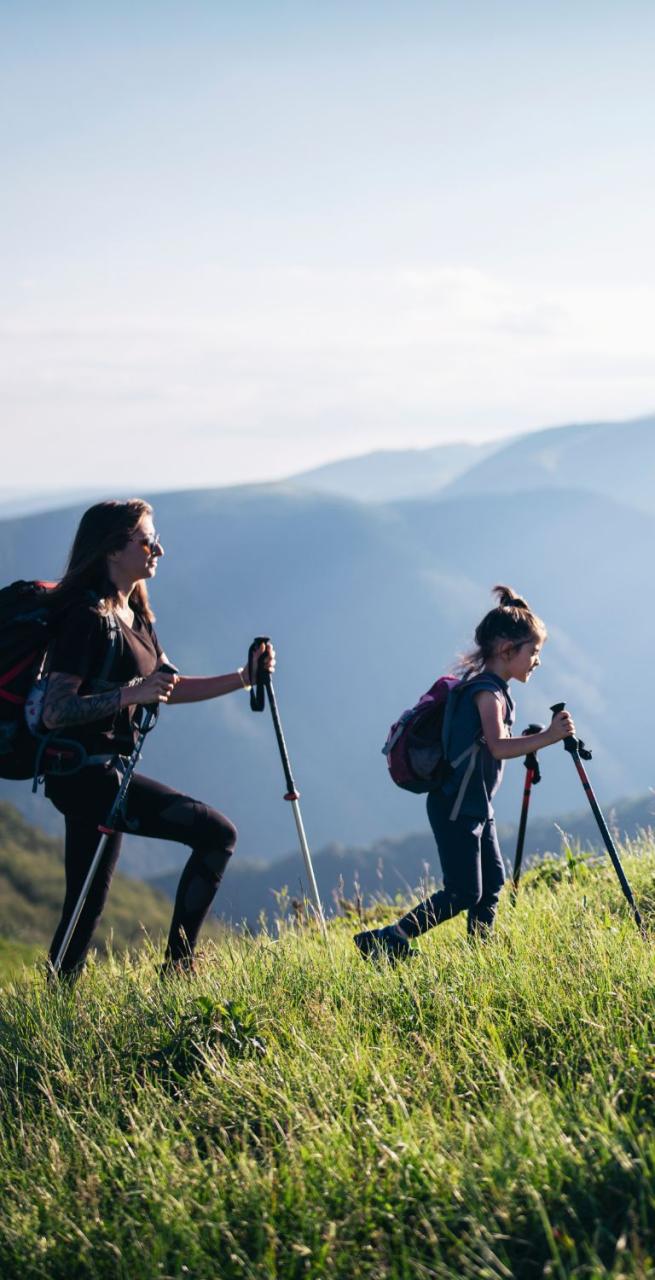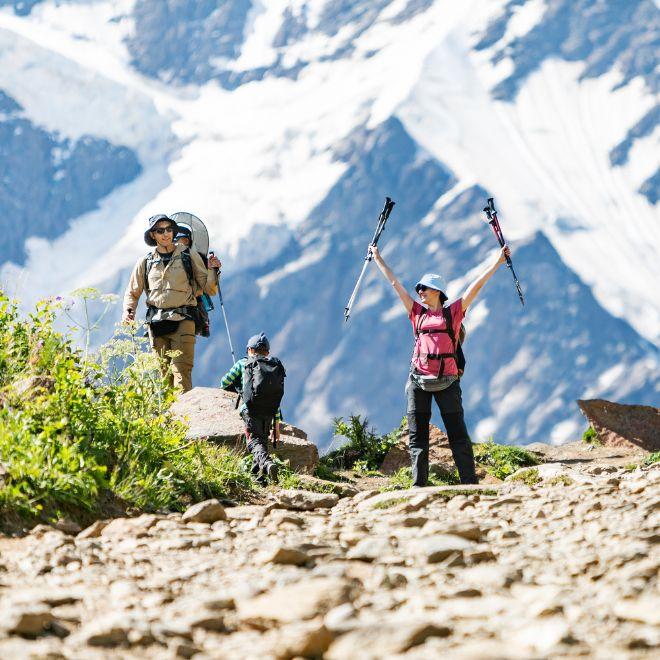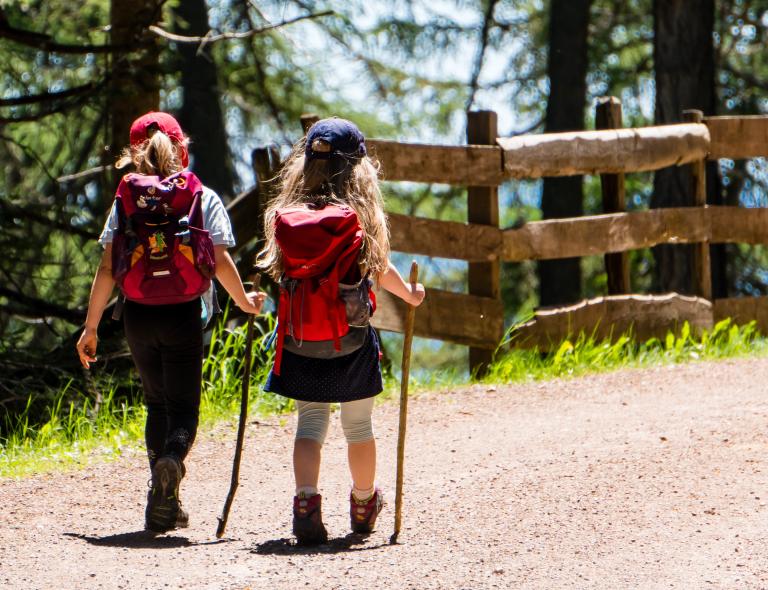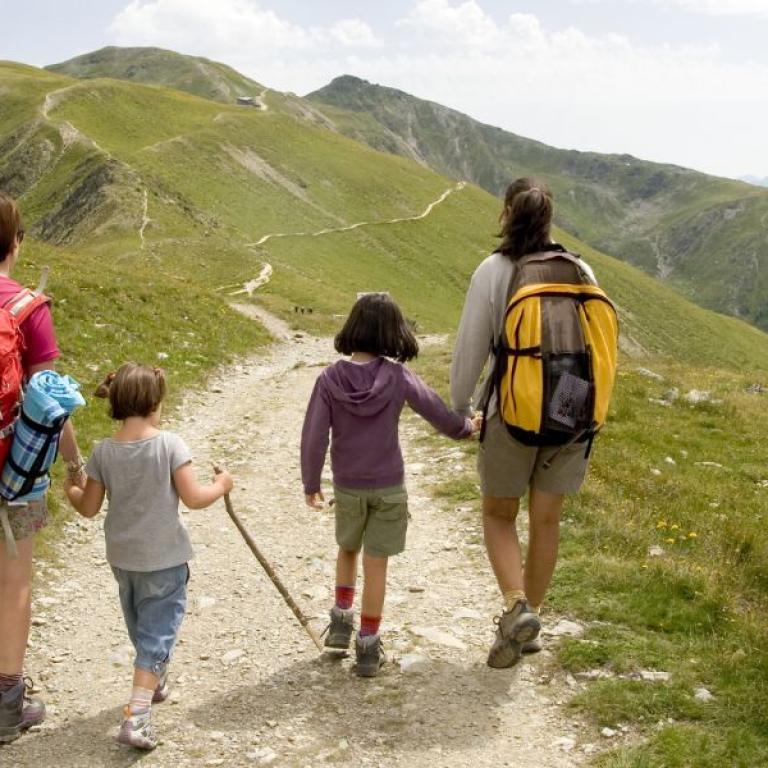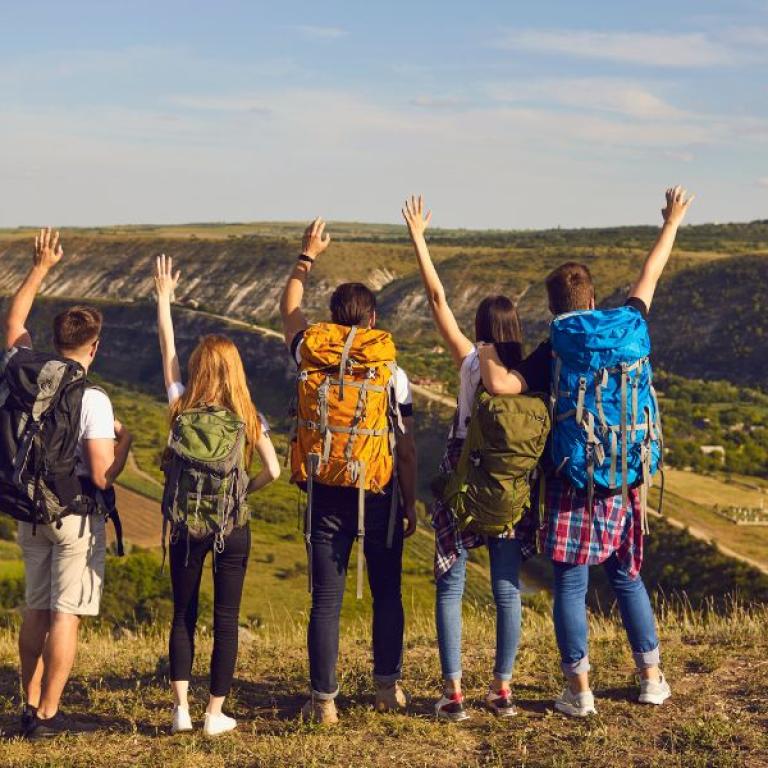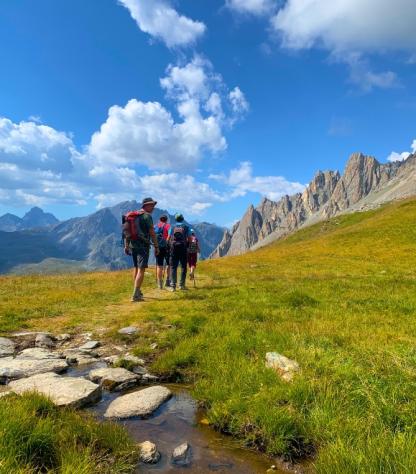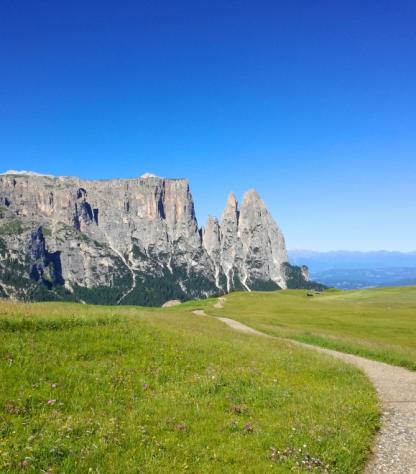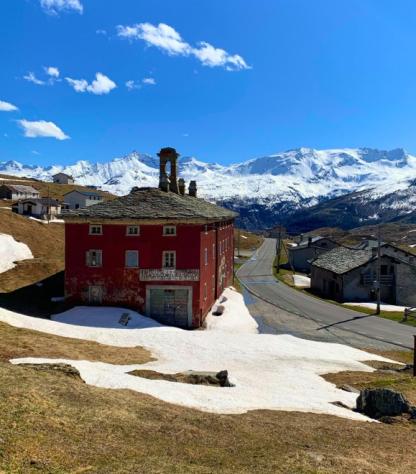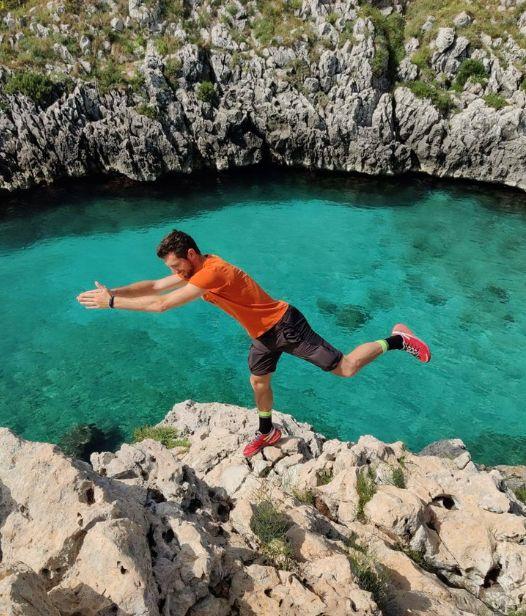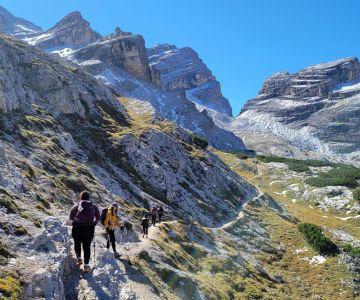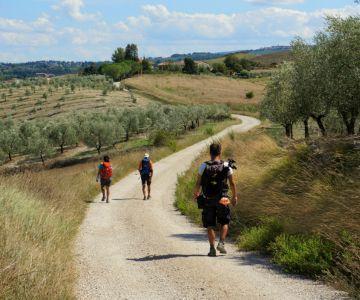Is it a good idea to take children on walking trips?
Yes, nature is incredibly beneficial for children. Walking outside is a fundamental human activity, and trekking offers an opportunity to instill an interest in outdoor activities away from screens. It helps with physical health, boosts the immune system, builds muscles, and develops problem-solving skills.
How can you engage children during a walk?
Engaging children in trekking can be achieved by focusing their attention on the experiences and making them memorable and adventurous. Letting children carry their own backpack with water and snacks, or setting specific destinations like a spring or ancient building can enhance their natural spirit of adventure.
At what age is it appropriate to take children on treks?
The sooner you start, the better. Love for nature has no age limit, and even young children can be engaged in short, easy walks. Paths suitable for children aged 3 to 10 might be less exciting for adults, but they're ideal for young explorers. From the age of 10, children can become more autonomous and face more challenging walks.
What are essential safety considerations when trekking with children?
Ensuring safety when walking with children involves being vigilant and planning the trip in detail. This includes considering the length and difficulty of the itinerary, bringing essentials like water, snacks, and a first aid kit, and informing someone about your plans.
Are Sloways trips suitable for children of any age?
We strongly suggest that you tell us as much as you can about your family, previous walking experience and specific needs; most of our trips can be tailored to accomodate your requests - for example, we can make days shorter by adding private transfers or suggesting public transportation, if available, or adding a few additional nights or specific activities for children. Generally speaking, our walking trips may be more enjoyable for teens, but very active children may find them fun!
